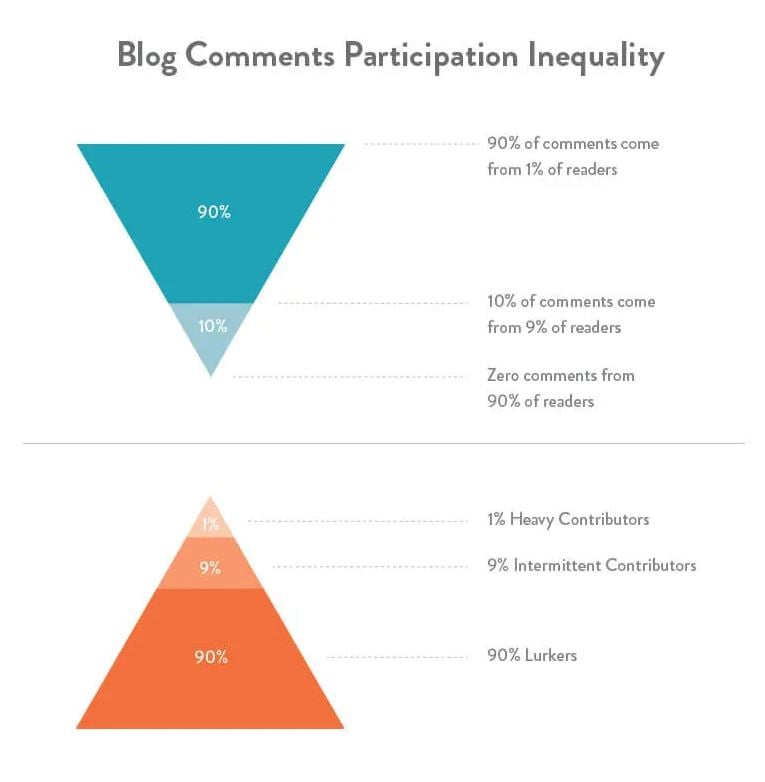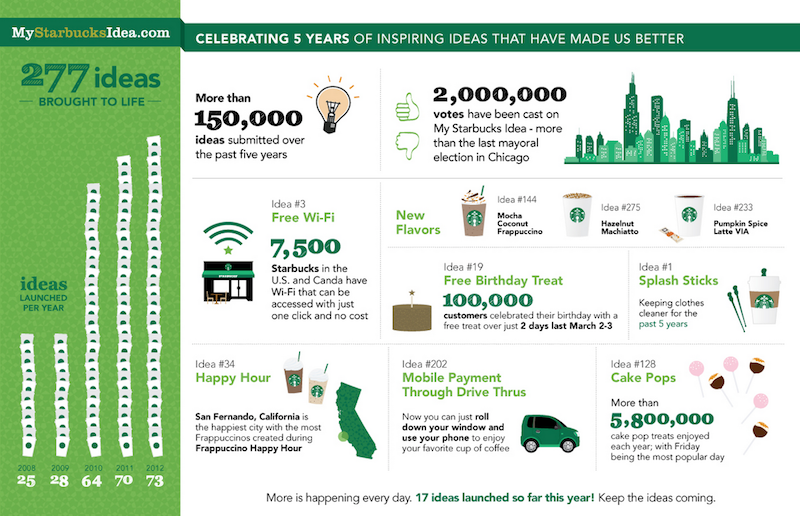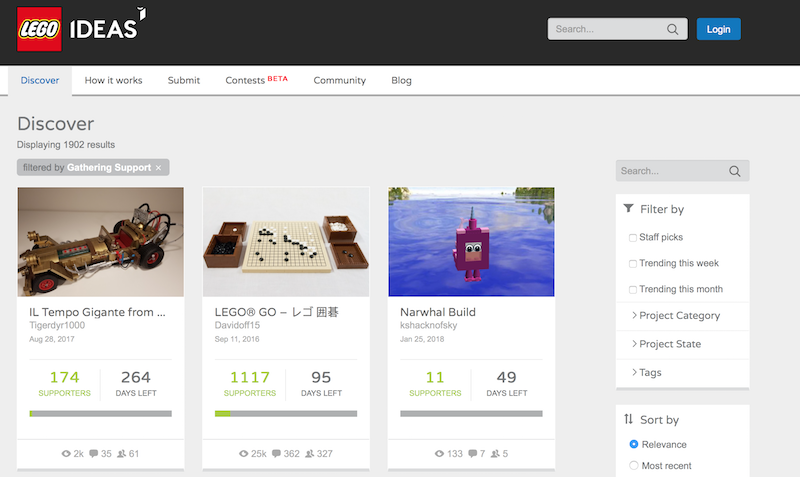Table of Contents
How to build a successful community
With the internet and social media ever more widespread, and the number of web pages and online forums growing relentlessly, many business are trying to discover the secret to building a successful community. So, first things first: what is a community?
A community is a group of people with a shared interest who communicate via an online platform (such as a forum or on social media) or a social messaging app like WhatsApp or Telegram. This group may remain exclusively in the virtual world, or extend into the real world through occasional or periodic in-person meet ups.
Specifically, a brand community comprises customers and fans of a particular brand who share content and exchange tips and ideas relating to the company’s products or services on an online platform.

How does a community work?
Before we delve into some useful strategies for building a community from scratch, it’s important to know the mechanisms that make them work. You might think that to be successful, a community needs all – or at least most – of its members to participate, but actually this couldn’t be further from the truth. According to data collected by the Nielsen Norman Group, in online communities the 90-9-1 rule applies:
- 90% of users are ‘lurkers‘ – passive users who read other people’s posts but do not publish their own content;
- 9% of members are intermittent contributors who participate in the group only once in a while;
- 1% of users are heavy contributors, responsible for 90% of the posts and comments.

Knowing these percentages will help you manage your expectations regarding the level of participation in the community, and will allow you to immediately identify the most active members and encourage them to share content.
The benefits of a community
Innovation
A group of people who love your brand provide the ideal place to test out new products or services and gather precious information and feedback. In the Starbucks community, for example, users can come up with new ideas and vote on the most interesting suggestions from other members. The business then takes the most popular proposals and turns them into new products or services.

Customer support
One of the values that underpins the sense of belonging to a community is helping one another and exchanging information. Members can reply to other users’ questions and issues regarding the company’s products or services, making their customer service more streamlined, efficient and cost-effective. Data gathered on the subject reveals that, on average, 49% of organisations with a brand community save between 10% and 25% on their customer service costs.
Apple, for example, has built one of the most popular technical support communities in the world, providing a space where fans of the brand can share their experience of using Apple products and provide advice to other users.

Talent search
Where better to look for new professionals to hire than a group of people passionate about your brand? For example, the tour operator WeRoad often recruits young talent directly from its community, choosing people who have proven themselves to be the best aligned with the company’s philosophy.
Brand loyalty
Belonging to a group and establishing fruitful relationships with other members are positive experiences that strengthen customers’ bond with the brand. Having a community allows you to increase engagement through a range of initiatives that seek to encourage the creation of user-generated content.
This leads to a virtuous circle: on the one hand, user-generated content (not just videos and photos, but also posts and comments) is a free resource the business can use for marketing purposes or as suggestions to improve its products or services. And on the other hand, it strengthens the bond between the business and the public, and helps improve its brand awareness.

Some questions to consider before you start
The widespread use of social media has led almost all businesses to open an account and publish various types of content on these platforms. However, building an active and close-knit online community is an ambitious project that requires a lot of work and careful planning. Before starting to create your community, you therefore need to ask yourself a few questions.
The first is: ‘Why do I want to create a community?‘
As we’ve seen, a community can help you achieve various business objectives, so you need to consider which ones you want to focus on in the medium-to-long term. How you answer this question will depend on various factors, most notably your brand identity and positioning. It is possible that the goals you have in mind cannot be achieved through a community, and require other marketing activities instead. In this case, it is better to realise straight away and avoid wasting valuable time and resources.
The second question to consider is: ‘What human and financial resources can I dedicate to building my community?’ In other words, you need to understand how feasible the project is and the most appropriate timescales to adhere to. For example, if yours is a start-up or small business, you will have to allocate your resources very carefully, or postpone the project until you have more funds available.

How to build a community in six steps
Once you’ve worked out why you want to form a community and what resources you can invest in the project, you’re ready to start. Here are the steps you need to follow to build a brand community from scratch:
-
Get to know your customers better
Using online surveys to discover the topics and content your customers are most interested in is vitally important. Try to gather as much information as possible on the issues they face and their interests and tastes relating to your business’ products and services. This will help you to figure out which direction to take in your community in terms of the contents and services it provides.
-
Choose your platform
Facebook, Instagram, LinkedIn, a forum linked to your company website, or somewhere else: there are various factors to consider when working out which platform to use. Take into account not only your customers’ habits – if they frequent a particular social network, it may be easiest to intercept them there – but also the relevant sector and your business goals.
-
Start building the community
Bearing in mind the 90-9-1 rule, start putting together a small group of people cherry-picked from your most loyal customers or the people who are already active on your company’s social media pages. This group will form the core of your community and will help you to grow over time. Continue to find out about their interests and preferences using surveys and questions, in preparation for the next step.

-
Plan your content
Once you have identified the subjects your customers are most interested in, the platform you are going to use and your community’s first members, you need to start putting together a content calendar. The key word here is relevance: which articles, videos, tutorials and discussions will prove genuinely useful based on the data you have gathered?
-
Expand the community
Now it’s time to start publishing your first posts within the community. Don’t worry if at first you get little interaction or appreciation from users: keep on experimenting and always ask for feedback on the various topics.
As the community fills up with content, extend the invitation to other people, taking cues from the discussions and questions asked by users to add to your original list of topics.
-
Encourage participation
To keep your community active, you need to consistently publish high-quality posts on a range of topics and monitor participants’ reactions. Encourage users to create their content, reply to all comments and posts and every so often come up with new suggestions to increase interest in the group. You could also devise a reward system for the most active members, such as limited-access content (webinars, previews, etc.) or special discounts.
Once it’s up and running, the community will become an invaluable resource for your business and a limitless source of material and ideas you can use to improve your range of products and services.



